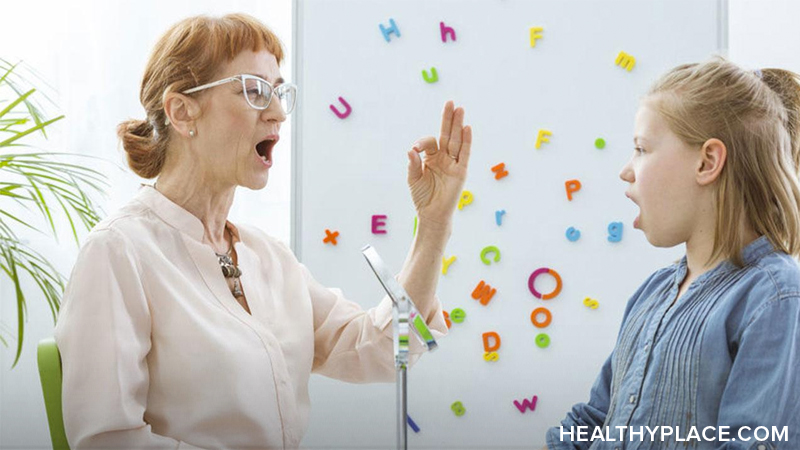What Kinds of Therapy Exist for Autism?

Many types of therapy for autism exist to help kids with autism spectrum disorder live their best life. For example, occupational therapy helps kids build skills they’ll need for independent living. Developmental therapy helps kids integrate motor skills, language skills, and others for uniform development and smoother usage. Sensory integration therapy gently exposes children to sensory input to help them handle auditory, visual, tactile, and olfactory stimulation. Another therapy for autism is SCERTS, an educational model that assists kids in developing skills in learning, relationships, and social communication.
Child therapy for autism also helps children learn to interact with others, build emotional skills, and develop flexible thinking and communication abilities. Such mental health-related therapies go far in teaching children with autism how to behave and function emotionally in a variety of settings. All therapies for autism overlap and develop the whole child, but we’ll look more closely at those that fall more solidly in the realm of mental health for kids with autism.
Types of Therapy for Autism
The following autism therapies have been proven to make a positive difference in the lives of children with autism. They increase kids’ ability to interact with peers and to regulate emotions.
Applied Behavior Analysis (ABA) is currently the most widely accepted therapy designed for children with autism. Using positive reinforcements, meaningful rewards, and consequences, ABA teaches social skills, increases verbal competence, and increases positive behavior. Common goals of ABA are
- Improved social skills
- More effective communication
- Self-care and hygiene
- Learning to play interactively with others
Relationship Development Intervention (RDI) teaches children with autism to develop relationships with parents and other family members. This family-based therapy has multiple components: behavioral, emotional, and flexible thinking. Children also learn how to cope with change, something that is particularly difficult for children with autism. In RDI, parents receive training and become their child’s primary therapist.
Play Therapy for autism is slightly different than play therapy for other conditions. With play therapy for autism, therapists are much more directive than they are for play therapy for anxiety and other concerns. For kids with autism, play therapy helps them learn to connect with others in a format they understand—play. Kids with autism play but they do it differently than other children. A child with autism might focus only on one part of a toy, and they usually don’t engage in pretend play. By helping kids expand their focus and style of play, a therapist helps them connect with other children. Play therapy develops:
- The ability to share
- The notion of taking turns
- New ways of playing with toys
- Imaginative skills
- Abstract thinking
- Social skills
- Emotional skills
- Flexible thinking
- Connections with other kids and adults
- Language and communication skills
Play therapy for autism pulls a child out of their own self-absorbed world and into the world of shared experiences and interactions. By building on their interest, kids explore their environment, feelings, and relationships.
Equestrian therapy, or therapeutic horseback riding lets children with autism ride horses in a safe, nonthreatening manner. The therapist guides the horse and child. Research shows that therapeutic horseback riding builds social skills and communication skills. It also decreases both irritability and hyperactivity.
Numerous types of therapy exist for kids with autism. While autism is a social and communication disorder, it expresses itself differently in each individual child. Therefore, there isn’t one, standard go-to therapy for autism. Your child’s unique needs will guide you to the right therapy. It can be overwhelming, so talking to your child’s doctor about available therapies in your area that would be a good fit for your child is a great start.
Experts recommend starting therapy as soon as possible after your child is diagnosed, as earlier interventions lead to better outcomes. Of course, it’s never too late to begin therapy for autism. With treatment, your child can develop stronger emotional, behavior, communication, and social skills to function well at home and school.
APA Reference
Peterson, T.
(2022, January 11). What Kinds of Therapy Exist for Autism?, HealthyPlace. Retrieved
on 2025, December 24 from https://www.healthyplace.com/parenting/child-therapy/what-kinds-of-therapy-exist-for-autism



